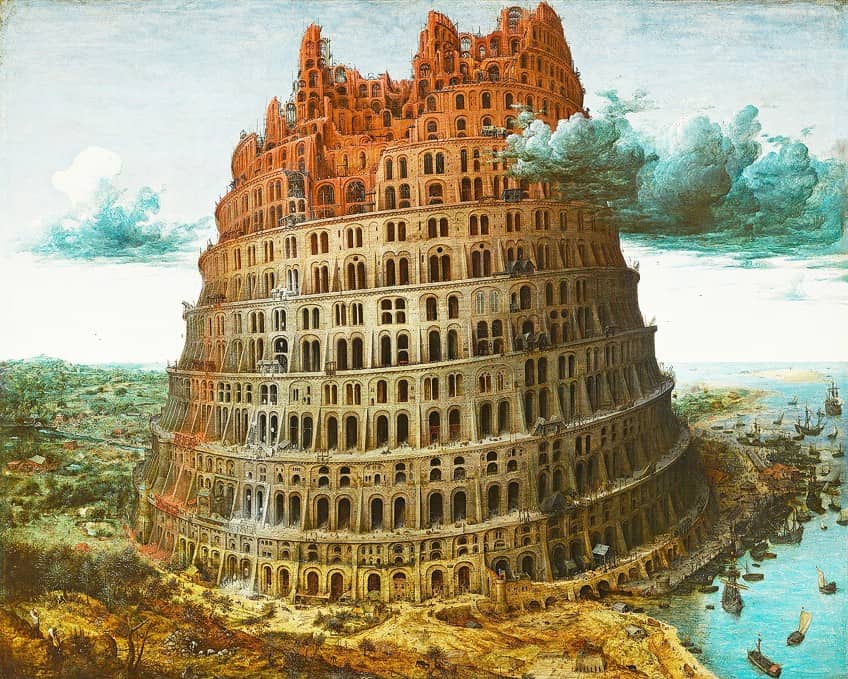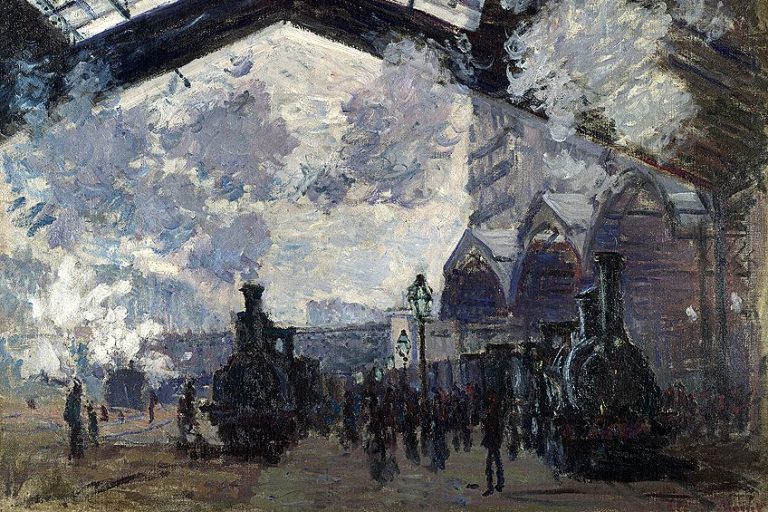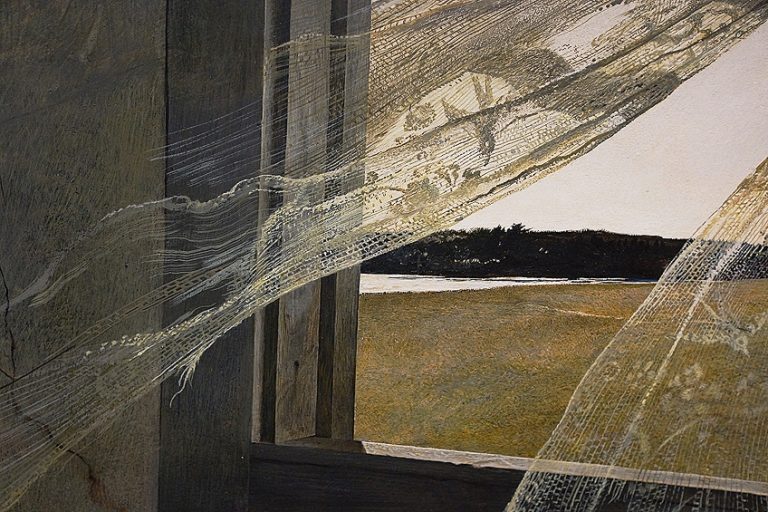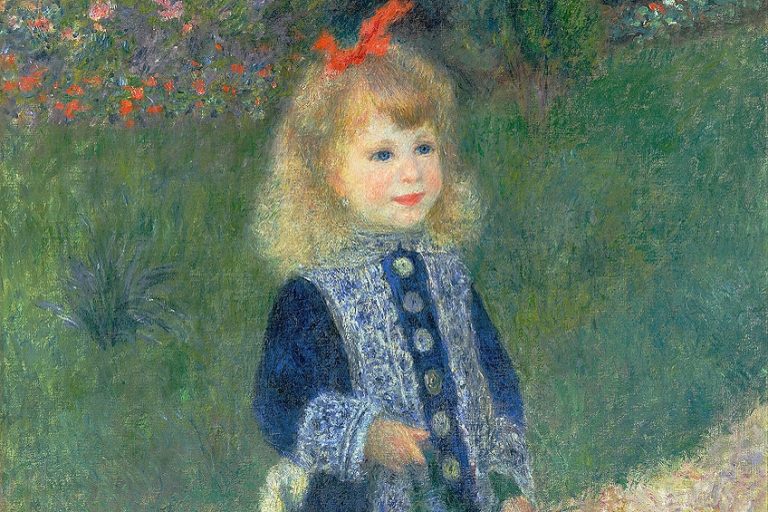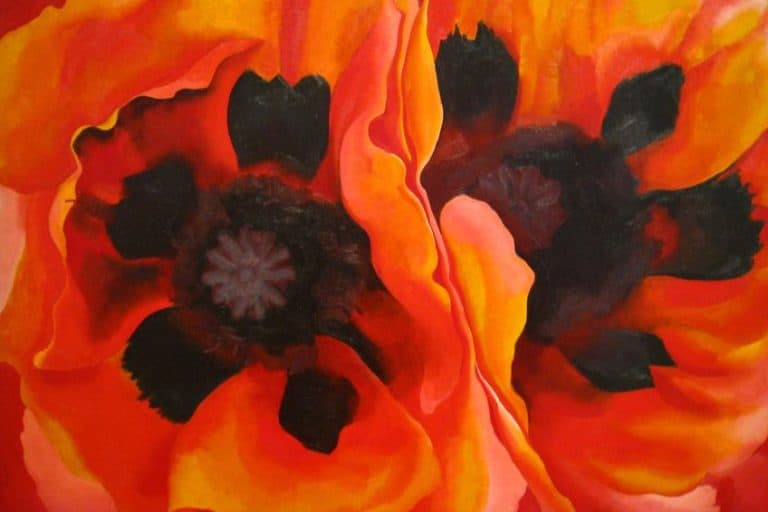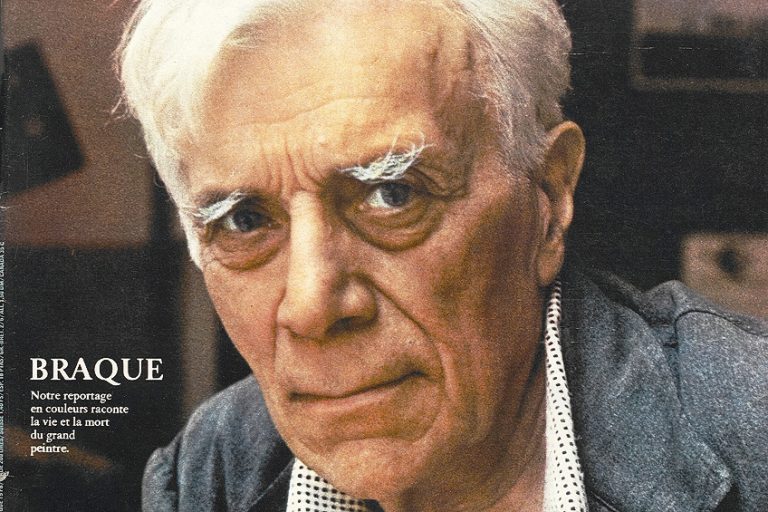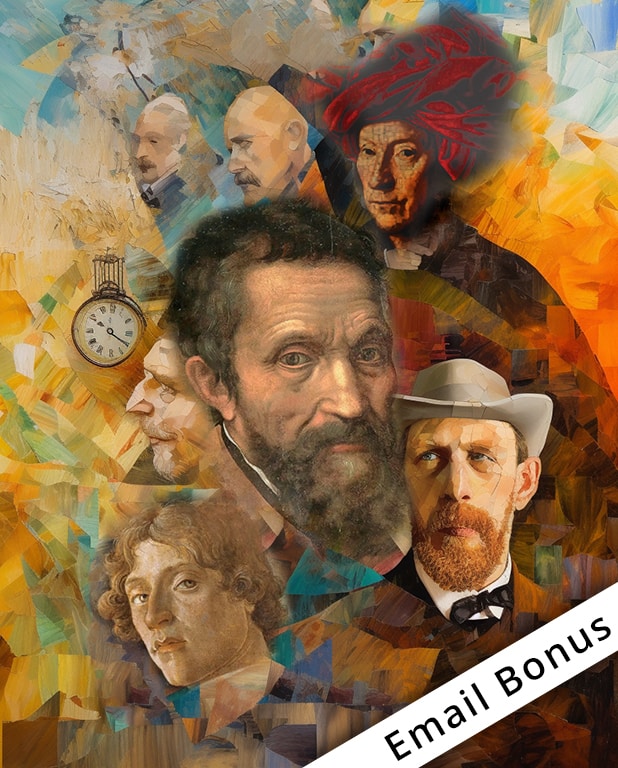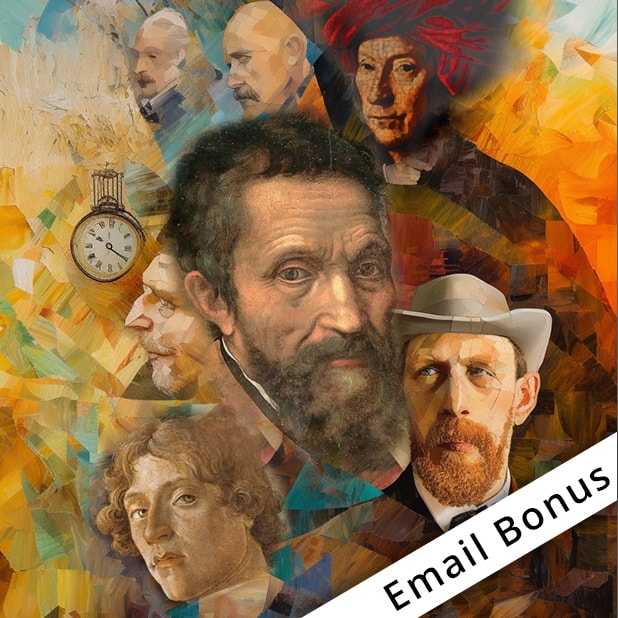The 12 Most Famous Paintings in Vienna – An Overview
Vienna stands as a beacon for art enthusiasts, boasting an exceptional collection of famous artwork. The city is home to masterpieces that span centuries, from the Renaissance to modern times. Visitors to Vienna can immerse themselves in a vibrant art scene enriched by its extensive cultural history. In Vienna, renowned establishments such as the Belvedere Museum and the Kunsthistorisches Museum showcase iconic paintings by legendary artists. Among these are the vivid works of Gustav Klimt and Egon Schiele, whose styles have captivated audiences worldwide. Each gallery and museum offers a unique exploration of artistic evolution through their well-curated exhibits. The art galleries in Vienna do not only exhibit the city’s long-standing artistic legacy, but they also continually promote contemporary works. By supporting both historical and modern artists, Vienna preserves its dynamic cultural landscape. This fusion of past and present makes the city an essential destination for anyone passionate about art.
Key Takeaways
- Vienna has a renowned art scene with historic and modern pieces.
- Major museums like Belvedere and Kunsthistorisches host famous paintings.
- The city supports both traditional and contemporary art galleries.
The 12 Most Famous Paintings in Vienna
Vienna, a hub of art and culture, showcases timeless masterpieces at its renowned museums. The city offers an eclectic mix of artworks from different periods and styles, prominently featuring pieces at the Kunsthistorisches Museum and Leopold Museum.
The Kiss by Gustav Klimt
| Artist | Gustav Klimt |
| Date Completed | 1908 |
| Medium | Oil and gold leaf on canvas |
| Dimensions (cm) | 180 x 180 |
| Location | Österreichische Galerie Belvedere, Vienna |
At the Belvedere Museum in Vienna, “The Kiss” by Gustav Klimt represents one of Klimt’s most famous works. Painted between 1907 and 1908 during his “Golden Phase,” the artwork is characterized by extensive use of gold leaf, giving it a sublime, iconic quality.
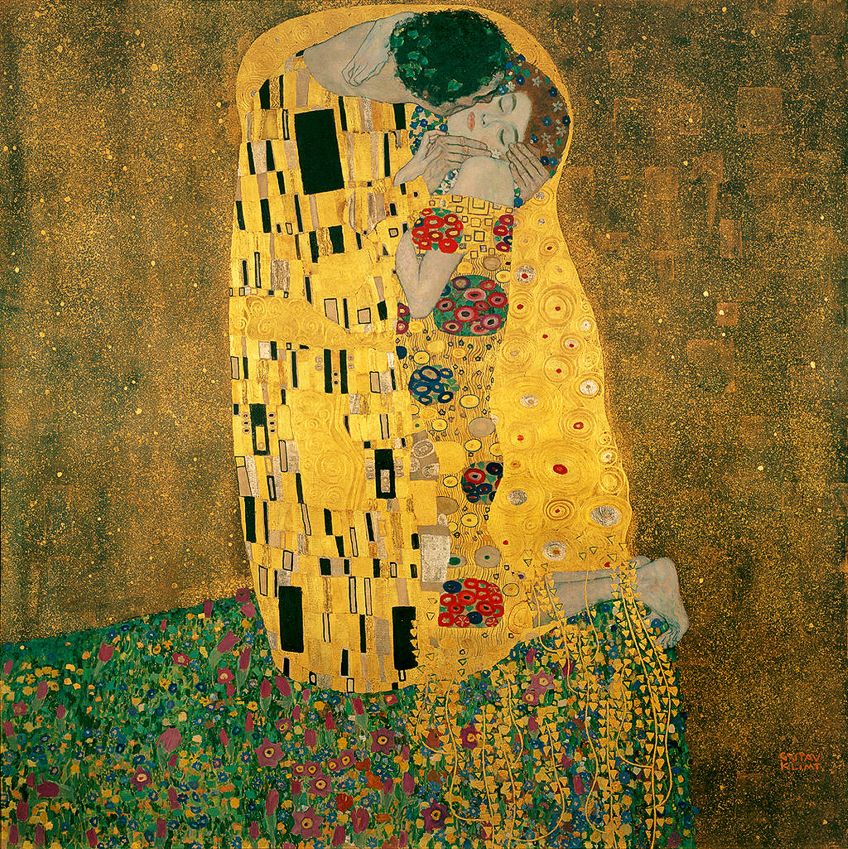
This masterpiece portrays a couple in a passionate embrace, their bodies enshrouded in elaborate robes with intricate patterns inspired by Art Nouveau and Byzantine mosaics. The painting’s romantic subject, vivid colors, and gilded surface have made it a symbol of love and art.
Portrait of Adele Bloch-Bauer I by Gustav Klimt
| Artist | Gustav Klimt |
| Date Completed | 1907 |
| Medium | Oil, silver, and gold on canvas |
| Dimensions (cm) | 138 x 138 |
| Location | Neue Galerie, Vienna |
Also known as “The Woman in Gold,” this portrait is a quintessential piece by Klimt, marking a high point in Viennese Art Nouveau. Held at the Neue Galerie, it’s a stunning display of gold and silver accents.
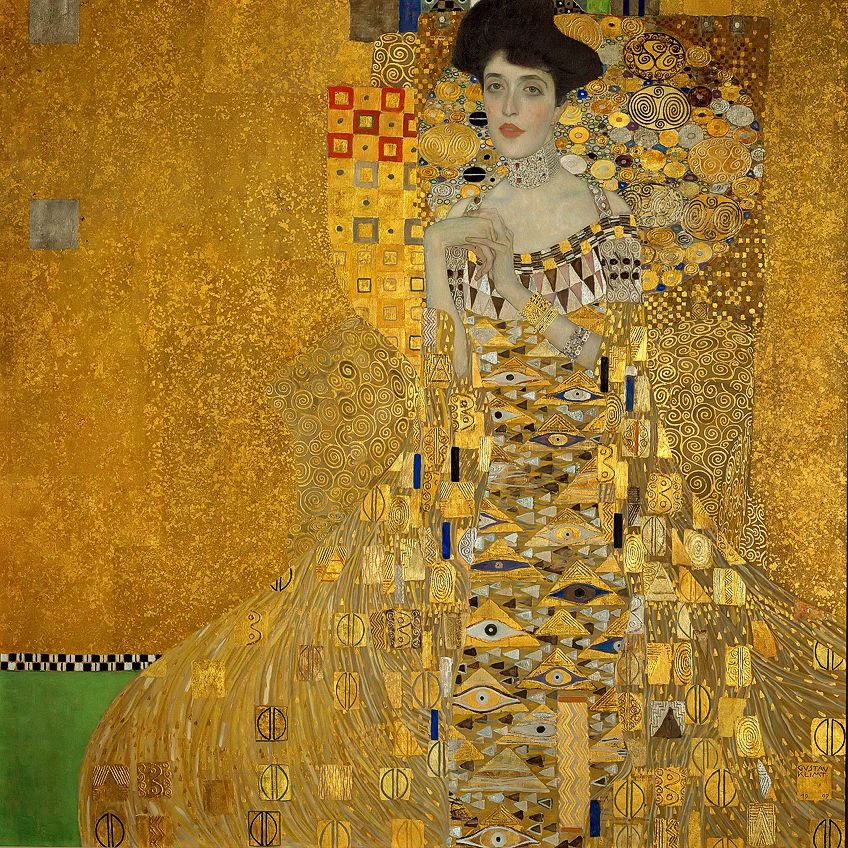
The painting honors Adele Bloch-Bauer, a prominent Viennese salon hostess, and showcases Klimt’s fascination with Byzantine imagery. The intricate detailing and dazzling use of gold invite viewers into Klimt’s richly decorated world. Controversially, this painting became the subject of a famous restitution case, representing complex histories beyond its visual allure.
The Tower of Babel by Pieter Bruegel the Elder
| Artist | Pieter Bruegel the Elder |
| Date Completed | 1563 |
| Medium | Oil on panel |
| Dimensions (cm) | 114 x 155 |
| Location | Kunsthistorisches Museum, Vienna |
Pieter Bruegel the Elder’s “The Tower of Babel,” found in the Kunsthistorisches Museum, captivates with its detailed depiction of the biblical tale. Painted in 1563, it illustrates the monumental, yet doomed, construction of the tower intended to reach heaven.
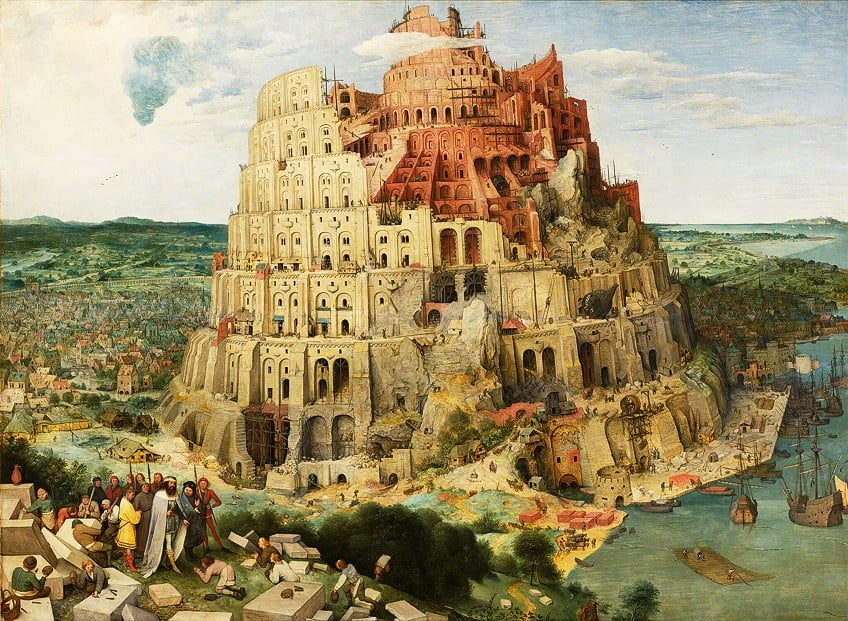
Bruegel’s mastery of landscape and his ability to embed moral and philosophical themes are evident. The painting explores humanity’s ambition and its potential for self-destruction. Intricate figures and architectural details invite viewers into a world bridging moral and artistic realms.
Self-Portrait by Egon Schiele
| Artist | Egon Schiele |
| Date Completed | 1912 |
| Medium | Oil on wood |
| Dimensions (cm) | 41 x 33 |
| Location | Leopold Museum, Vienna |
Egon Schiele’s “Self-Portrait,” displayed at the Leopold Museum, reflects his distinctive Expressionist style and depth of introspection. The Austrian artist’s bold use of line and expressive color captures the complexity of human emotion and psyche.
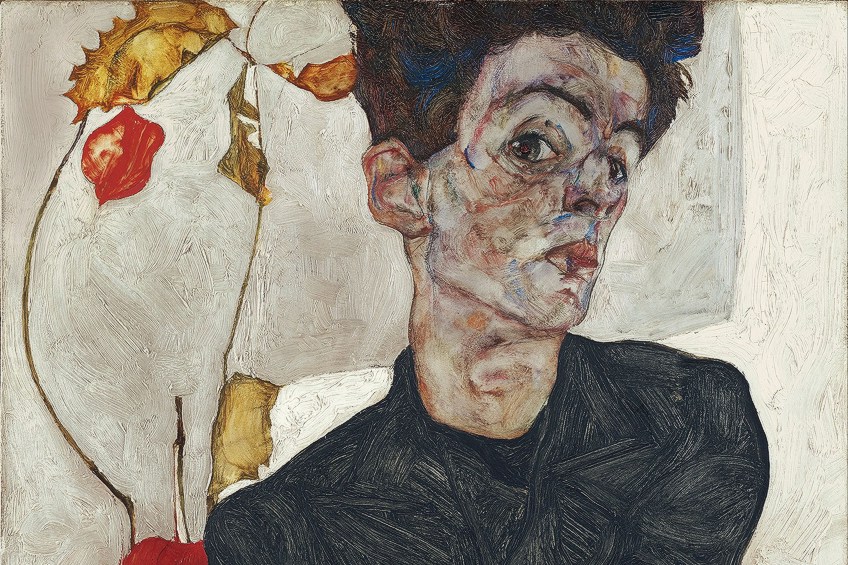
Schiele’s works often portray twisted bodies and raw emotion, challenging traditional norms of beauty. This self-portrait exemplifies his unflinching gaze into himself, offering a more profound understanding of the artist. His contributions have notably shaped Austrian modern art, challenging and redefining its boundaries.
The Art of Painting by Johannes Vermeer
| Artist | Johannes Vermeer |
| Date Completed | 1668 |
| Medium | Oil on canvas |
| Dimensions (cm) | 120 x 100 |
| Location | Kunsthistorisches Museum, Vienna |
In the Kunsthistorisches Museum, Vermeer’s “The Art of Painting” stands as a seminal work, often regarded as among his most ambitious. This detailed and metaphorical piece features an artist at work, painting a model dressed as Clio, the muse of history.
The artwork showcases Vermeer’s meticulous attention to light, texture, and perspective, capturing the interplay of art, history, and creation. Known for his expertise in capturing everyday scenes with profound detail, Vermeer mixes realism with subtle allegory, reflecting the artist’s role and creative process.
Madonna of the Meadow by Raphael
| Artist | Raphael |
| Date Completed | 1506 |
| Medium | Oil on panel |
| Dimensions (cm) | 113 x 88.5 |
| Location | Kunsthistorisches Museum, Vienna |
Raphael’s “Madonna of the Meadow,” housed in the Kunsthistorisches Museum, is celebrated for its harmony and classical beauty. Painted around 1505, it depicts the Virgin Mary, Christ, and St. John the Baptist in a serene, idyllic landscape.
Raphael’s masterful composition and soft use of color highlight his talent for capturing divine grace and human tenderness. The triangular arrangement of the figures and the tranquil setting signify the unity and balance typical of the High Renaissance style. This work is a testament to Raphael’s genius, intertwining religious narrative with exquisite artistry.
Napoleon Crossing the Alps by Jacques-Louis David
| Artist | Jacques-Louis David |
| Date Completed | 1805 |
| Medium | Oil on canvas |
| Dimensions (cm) | 271 x 232 |
| Location | Belvedere, Vienna |
At the Belvedere, “Napoleon Crossing the Alps” by Jacques-Louis David encapsulates the grandeur and drama of the Napoleonic era. Created in 1801, the painting portrays Napoleon on a rearing horse, emphasizing his leadership and heroic stature.
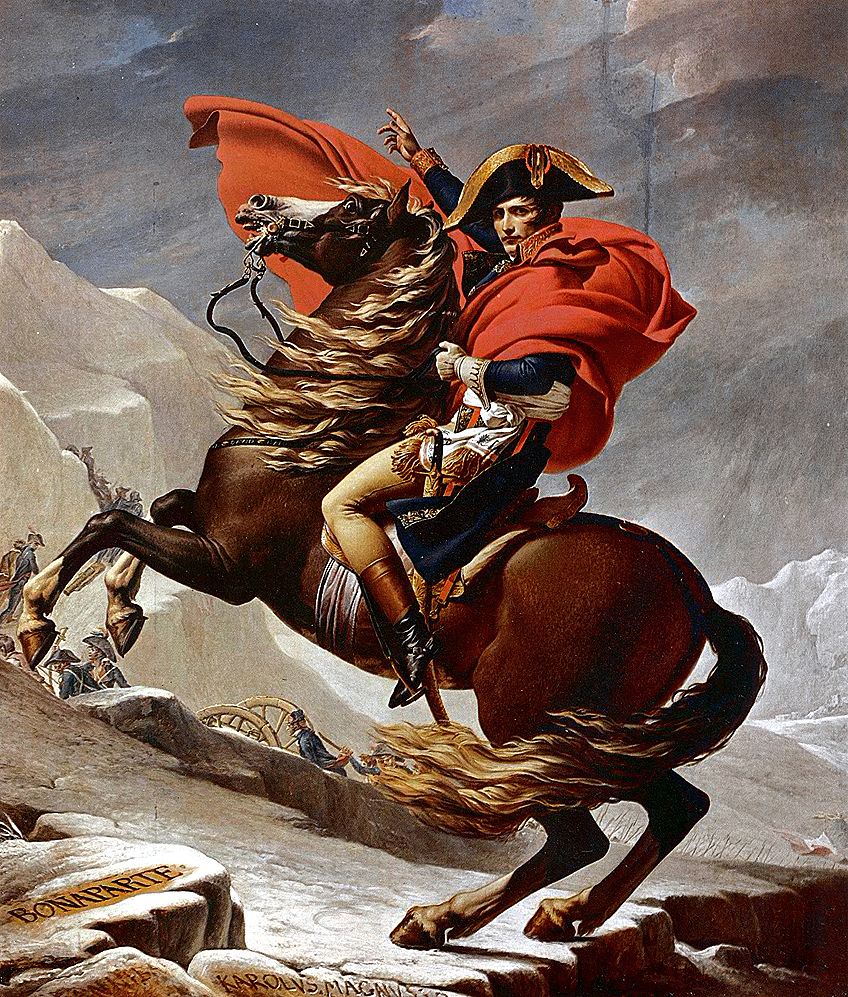
David’s neoclassical style underscores the portrait’s power, with crisp lines and dynamic composition. Symbolically, it represents authority and ambition, presenting Napoleon as a mythic figure straddling history and legend. Bold and imposing, the artwork demonstrates the power of art in shaping historical narratives.
Infanta Margarita Teresa in a Blue Dress by Diego Velázquez
| Artist | Diego Velázquez |
| Date Completed | 1659 |
| Medium | Oil on canvas |
| Dimensions (cm) | 127 x 107 |
| Location | Kunsthistorisches Museum, Vienna |
Velázquez’s painting, housed in the Kunsthistorisches Museum, is a striking example of Baroque portraiture. The subject, Infanta Margarita Teresa, is depicted with exquisite attention to detail, capturing her youthful innocence and status.
This portrait showcases Velázquez’s mastery of light and texture, particularly in how he rendered the intricate details of her dress and surroundings. The subtle play of light emphasizes the subject’s presence, illustrating the splendor and sophistication of the Spanish court. Through delicate brushwork and composition, Velázquez crafts an enduring image of royal elegance.
The Hunters in the Snow by Pieter Bruegel the Elder
| Artist | Pieter Bruegel the Elder |
| Date Completed | 1565 |
| Medium | Oil on wood |
| Dimensions (cm) | 117 x 162 |
| Location | Kunsthistorisches Museum, Vienna |
“The Hunters in the Snow,” located in the Kunsthistorisches Museum, is part of Pieter Bruegel the Elder’s series of seasonal landscapes. Completed in 1565, the painting presents a winter scene with returning hunters and a snow-blanketed village.
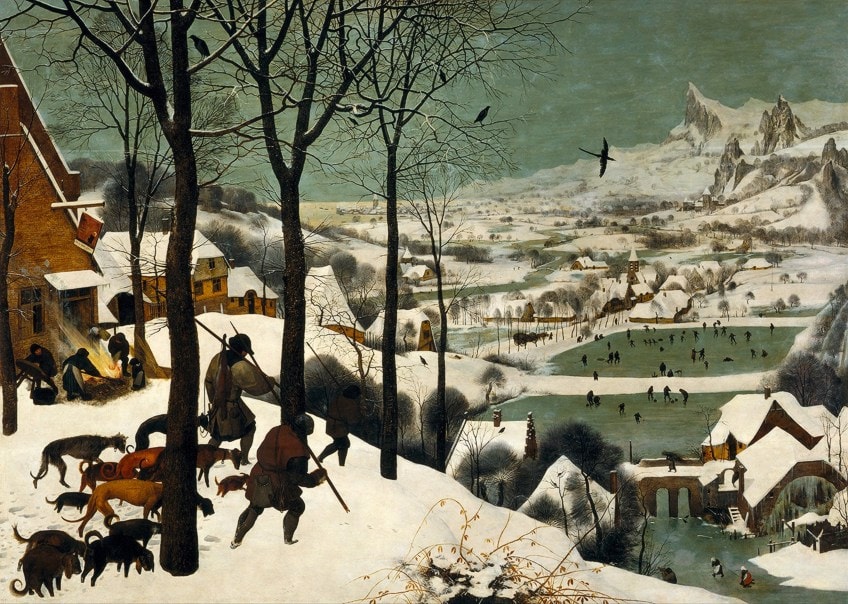
Bruegel’s work is known for its vivid portrayals of peasant life and serene landscapes. This painting, with its striking compositional depth, illustrates the harsh beauty of winter. The intricate details and lively scene capture both the challenges and tranquility of rural existence, making it a timeless masterpiece.
Judith and the Head of Holofernes by Gustav Klimt
| Artist | Gustav Klimt |
| Date Completed | 1901 |
| Medium | Oil on canvas |
| Dimensions (cm) | 84 x 42 |
| Location | Belvedere, Vienna |
Gustav Klimt’s “Judith and the Head of Holofernes,” displayed in the Belvedere Museum, mesmerizes with its sensual and psychological intensity. Painted in 1901, it features Judith holding Holofernes’s decapitated head, symbolizing female empowerment and courage.
The artwork combines eroticism with Klimt’s characteristic gold leaf, offering a bold reinterpretation of the biblical tale. His use of decoration, symbolism, and dramatic expression invites viewers to engage with themes of power, seduction, and autonomy. The painting remains a profound example of Klimt’s exploration of inner strength and beauty.
The Last Judgment by Hieronymus Bosch
| Artist | Hieronymus Bosch |
| Date Completed | 1504 |
| Medium | Oil on panel |
| Dimensions (cm) | 163.7 x 127 |
| Location | Academy of Fine Arts, Vienna |
“The Last Judgment” by Hieronymus Bosch, found at the Academy of Fine Arts Vienna, presents a vivid depiction of the biblical apocalypse. Bosch’s work is renowned for its fantastical imagery and intricate detail.
The triptych illustrates heaven, earth, and hell, filled with otherworldly creatures and moral symbolism. Bosch’s mastery in blending imagination with moral allegory is apparent, providing an insightful commentary on humanity’s fate and spiritual judgment. His bizarre yet captivating style continues to intrigue scholars and visitors alike.
Summer by Giuseppe Arcimboldo
| Artist | Giuseppe Arcimboldo |
| Date Completed | 1573 |
| Medium | Oil on canvas |
| Dimensions (cm) | 76 x 63.5 |
| Location | Kunsthistorisches Museum, Vienna |
Giuseppe Arcimboldo’s “Summer,” displayed in the Kunsthistorisches Museum, exemplifies his imaginative approach to portraiture. Composed in 1573, this painting creatively constructs a human profile using summer fruits, vegetables, and flowers.
Arcimboldo’s work is celebrated for its whimsical and innovative combinations, reflecting both artistic creativity and scientific curiosity. Through this inventive assemblage, he captures the essence of the season while exploring the interplay of nature and form. His unique vision remains influential in inspiring later movements like Surrealism.
Cite this Article
artincontext, , “The 12 Most Famous Paintings in Vienna – An Overview.” Art in Context. March 7, 2025. URL: https://artincontext.org/famous-paintings-in-vienna/
, a. (2025, 7 March). The 12 Most Famous Paintings in Vienna – An Overview. Art in Context. https://artincontext.org/famous-paintings-in-vienna/
, artincontext. “The 12 Most Famous Paintings in Vienna – An Overview.” Art in Context, March 7, 2025. https://artincontext.org/famous-paintings-in-vienna/.


